
| LOUISA COUNTY, IOWA |  |

| LOUISA COUNTY, IOWA |  |
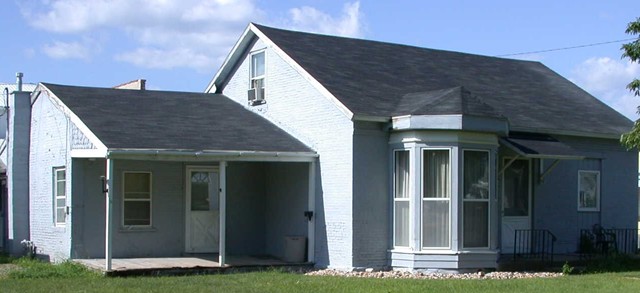 |
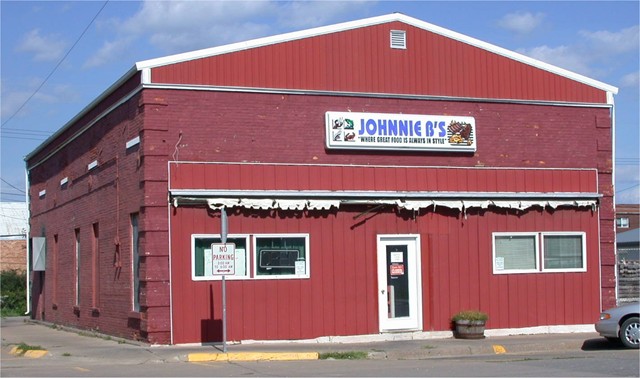 |
| Brick home of Francis Springer in the 1840s. His son, Frank is believed to have been born here. By 1855, Springer had moved to the Columbus City area. | Myron Hall, built in the 1850s by Myron Van Loon, housed two businesses on the first floor, Van Loon's drug store and a clothing store, and a community center on the second floor. The second floor burned in the 1930s. |
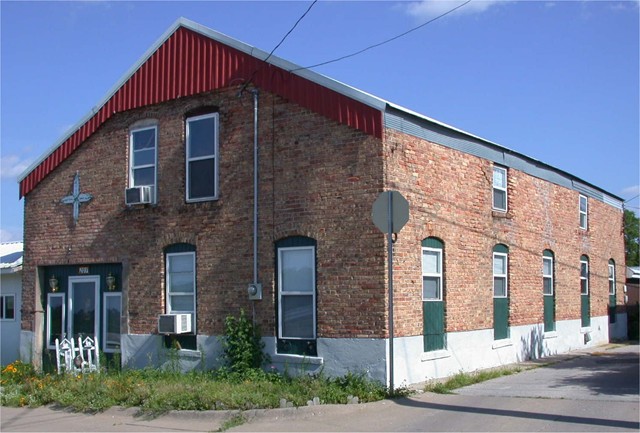 |
 |
| This building, now a home, was an early blacksmith shop. | This home is believed to have been built around an early log cabin in Upper Wapello. |
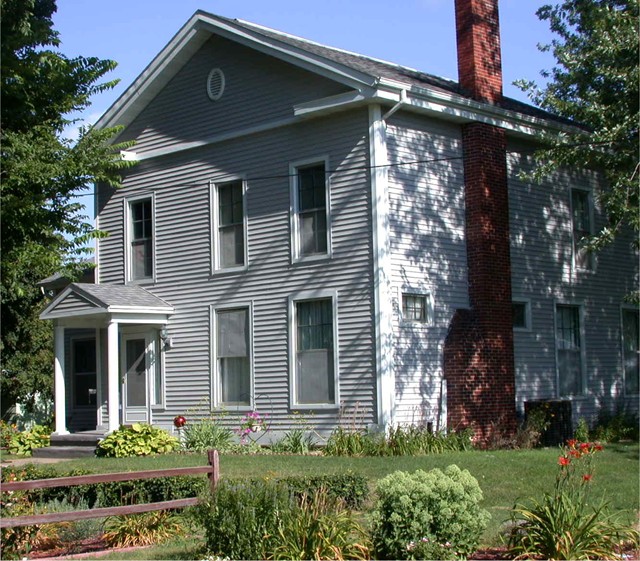 |
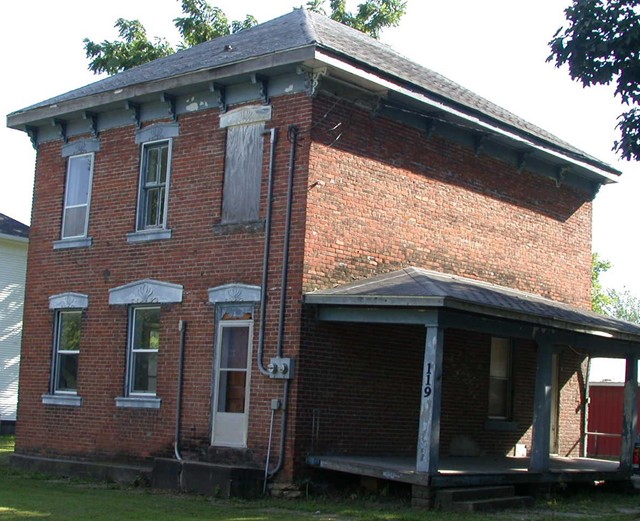 |
| This home was built in the 1850s for the chief engineer of the Airline Railroad. The railroad was never built. | The Rack House, 119 S. Second St., was built by the U.S. government in the 1850s for aging fine wines and whiskey. The barley used for making the spirits came from a privately owned distillery on Water Street. Barrels were rolled out and loaded into horse-drawn wagons, then shipped by barges on the Iowa River to New Orleans. The porch has been removed. |
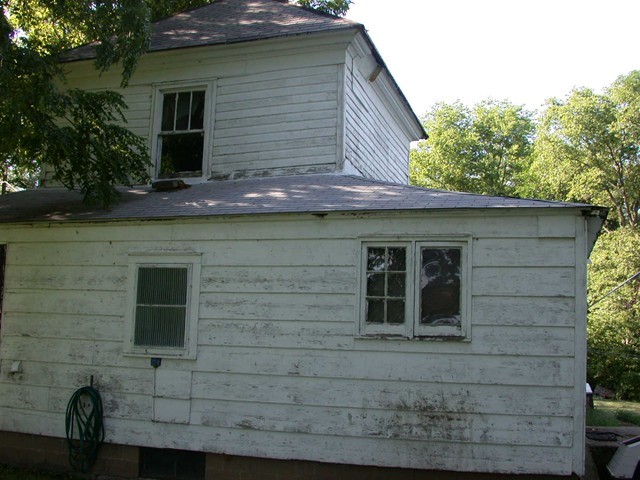 |
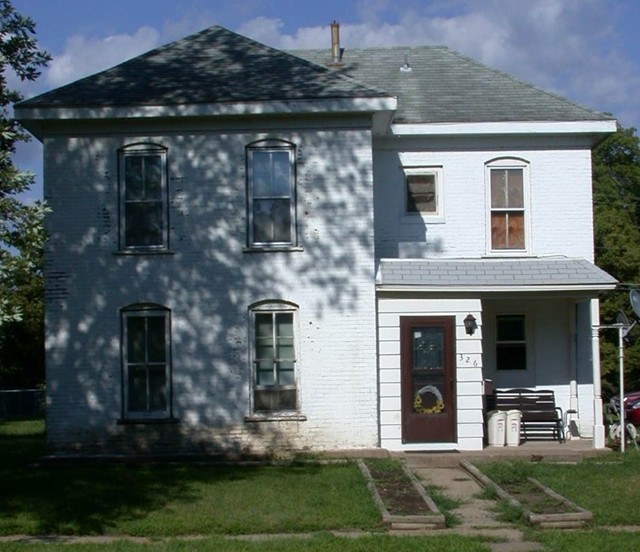 |
| This house on South Water Street is believed to have been a look-out for boats coming up or down the Iowa River. The upper story was all or mostly windows. | The history of this home on South Second Street is unknown, but it appears to be an early structure. |
|
|
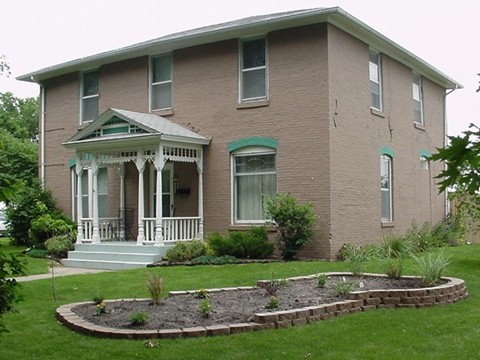 |
| This home was built before the Civil War, but exact age is unknown. | Dr. Bell's home. |
|
| |
|
Hotel Wapello (historically known as Commercial Hotel) is listed on the National Register of Historic Places. |